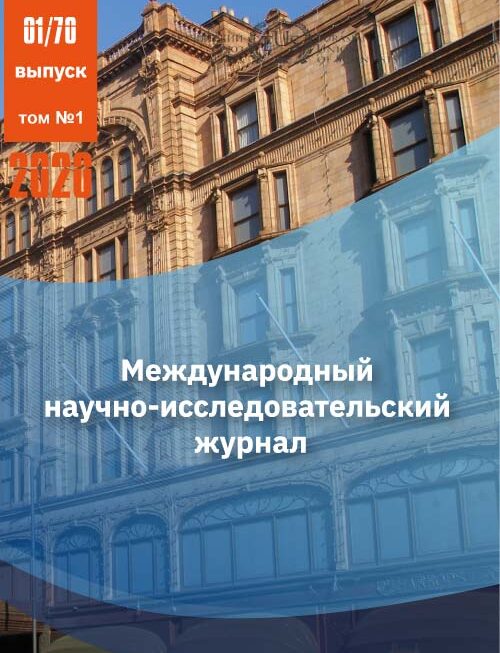TAXUS BACCATA L., IN THE NATURE AND CULTURE OF EASTERN GEORGIA
Abstract
The article discusses contemporary bio-ecological condition of Taxus baccata L., as one of the endangered species, in its natural spreading area in Georgia, particularly, in Batsara National Reserve and in ornamental horticulture of eastern Georgia.
We have studied the periods of bud opening, vegetation ending, starting and ending of cambium action, sprout woodening process, time and rate of growth in height, and regularities of accumulation-transformation of storage carbohydrates.
The studies revealed that the Yew growth duration is affected by the snowless winter and frequent droughts increased in the last decades, as they cause the lack of water in soils and badly affect the plant growth.
The study of sprout woodening, cambium action peculiarities and regularities of accumulation-transformation of storage carbohydrates, prove its strong ability of frost-resistance.
The study of bio-ecological peculiarities of Taxus baccata L. and its wide introduction in ornamental horticulture, greened areas and forest cultures will be useful for conservation of this endangered species.
References
Amirgulashvili K., Nadiradze T., 2010. The yew(Taxus baccata L.) in Georgia particularly in the Bazata Valley,- „The yew friend“ ., Germany, 16
Gagnidze R., Davitadze M. 2000. Local flora, Batumi.
Tsitsvidze A., Gigauri G., Gagoshidze G. 2004. Dendrology, Tbilisi.
Tsitsvidze A., 1981. Patterns of cambium activity and structure of woody coniferous exotics. Biology, ecology and systematics of introduced and local flora of Adjara, 25. Tbilisi.
Lobzhanidze E. 1961. Cambium and Formation of Annual Wood Ring. ‘’Metsniereba,’’Tbilisi.
Yatsenko, L. Chmielewski 1954. Fundamentals and Methods of anatomical studies of wood. MoscowLeningrad.
Japaridze L.I. 1953. Workshop on macroscopic plant chemistry. Moscow.
CC BY-ND
A work licensed in this way allows the following:
1. The freedom to use and perform the work: The licensee must be allowed to make any use, private or public, of the work.
2. The freedom to study the work and apply the information: The licensee must be allowed to examine the work and to use the knowledge gained from the work in any way. The license may not, for example, restrict "reverse engineering."
2. The freedom to redistribute copies: Copies may be sold, swapped or given away for free, in the same form as the original.







